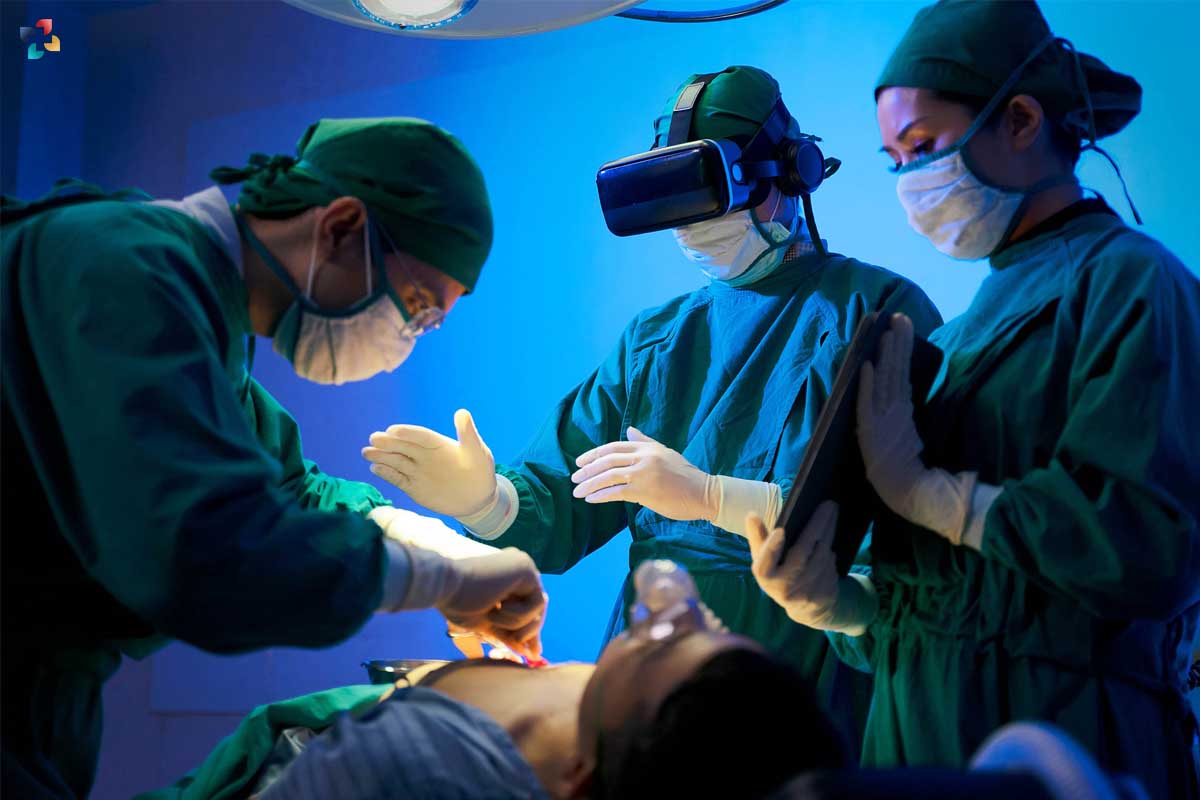Operative medicine, also known as surgery, has undergone a significant evolution of operative medicine over the years. From primitive techniques to advanced procedures, the field of operative medicine has come a long way. In this essay, we will explore the evolution of operative medicine, including its history, major milestones, and current trends.
1. Early History of Operative Medicine
The history of operative medicine can be traced back to ancient times. The earliest recorded surgical procedures were performed in ancient Egypt around 3500 BCE. These procedures were mainly performed for injuries and illnesses and involved basic techniques such as bandaging and splinting. In ancient Greece, Hippocrates and his followers developed a system of medicine based on observation and analysis. They also developed several surgical techniques, including the use of a surgical hook to remove tonsils.
During the Middle Ages, surgery was largely performed by barbers and other non-medical professionals. These individuals often used crude and dangerous techniques, such as cauterization and bloodletting. It wasn’t until the Renaissance that surgery began to be recognized as a legitimate medical practice.
2. Major Milestones in Operative Medicine
Over the centuries, there have been several major milestones in the evolution of operative medicine. These milestones have transformed the field and made it possible to perform complex procedures that were once thought impossible.
1. Anesthesia

One of the most significant milestones in operative medicine was the discovery of anesthesia. Before the discovery of anesthesia, surgery was a painful and traumatic experience for patients. In 1846, William Morton performed the first successful demonstration of ether anesthesia. This discovery revolutionized the field of operative medicine and made it possible to perform more complex procedures.
2. Aseptic Technique
Another major milestone in operative medicine was the development of the aseptic technique. In the early days of surgery, infections were common and often led to death. In the 19th century, Joseph Lister developed the aseptic technique, which involved the use of antiseptics to prevent infections. This technique has since been refined and improved and is now standard practice in modern surgery.
3. Minimally Invasive Surgery
In the 20th century, the development of minimally invasive surgery transformed the field of evolution of operative medicine. Minimally invasive surgery involves making small incisions and using specialized instruments to perform procedures. This technique reduces the risk of complications and allows for faster recovery times. In the 1980s, laparoscopic surgery was introduced, which made it possible to perform complex abdominal procedures using small incisions.
4. Robotics

In recent years, the use of robotics has become increasingly common in operative medicine. Robotic surgery involves using a computer-controlled robot to perform procedures. The robot is operated by a surgeon, who uses a console to control the robot’s movements. This technique allows for greater precision and control during surgery and can lead to better outcomes for patients.
3. Current Trends in Operative Medicine
The field of evolution of operative medicine continues to evolve, and there are several current trends that are shaping the future of the field.
1. Personalized Medicine
One trend that is likely to shape the future of operative medicine is personalized medicine. Personalized medicine involves tailoring treatment to individual patients based on their unique characteristics. This approach can improve outcomes and reduce the risk of complications. In operative medicine, personalized medicine may involve using genetic information to determine the best approach for a particular patient.
2. Telemedicine
Another trend that is likely to shape the future of operative medicine is telemedicine. Telemedicine involves using technology to provide medical care remotely. In the evolution of operative medicine, telemedicine may involve using video conferencing to consult with patients or other healthcare providers or using remote monitoring devices to track patients’ progress after surgery.
3. Artificial Intelligence
Artificial intelligence (AI) is also likely to play a significant role in the future of operative medicine. AI can be used to analyze large amounts of data and provide insights that can improve patient outcomes. In the evolution of operative medicine, AI may be used to assist with surgical planning, optimize surgical techniques, and monitor patients’ progress during and after surgery.
4. 3D Printing
3D printing is another trend that is likely to transform operative medicine in the coming years. 3D printing can be used to create patient-specific implants and instruments that are customized to fit a particular patient’s anatomy. This approach can improve outcomes and reduce the risk of complications.
5. Virtual Reality

Virtual reality (VR) is also emerging as a trend in operative medicine. VR can be used to simulate surgical procedures and allow surgeons to practice complex procedures in a virtual environment. This approach can help to reduce errors and improve outcomes for patients.
BOTTOM LINE
The evolution of operative medicine has been remarkable, from primitive techniques to advanced procedures. Major milestones such as anesthesia, aseptic technique, minimally invasive surgery, and robotics have transformed the field and made it possible to perform complex procedures with greater precision and control. Current trends such as personalized medicine, telemedicine, artificial intelligence, 3D printing, and virtual reality are likely to shape the future of operative medicine and further improve patient outcomes. As technology continues to evolve, it will be exciting to see how the evolution of operative medicine continues to transform and improve.











